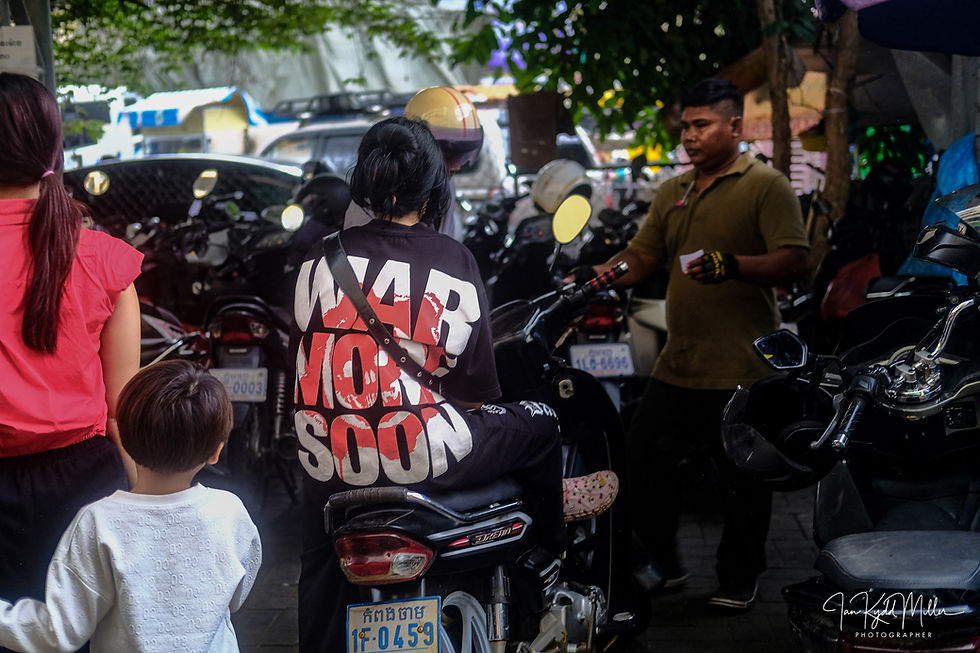Slow Down : Give Yourself Time to Observe and Connect Before Raising the Camera
- Ian Miller

- Aug 20
- 2 min read
Slowing down before you reach for your viewfinder transforms a snapshot into a story. When you pause, breathe, and engage with your surroundings, you tap into the subtle details and emotions that make an image truly resonate.
Why Pausing Matters
Taking a moment to observe:
Reconnects you with your original intent
Sharpens your awareness of light, color, and movement
Invites curiosity and emotional presence before you frame your shot

The Practice of Patient Observation
Breathe Deeply • Close your eyes for a few seconds and notice your heartbeat. • Let tension in your shoulders melt as you center your focus.
Engage All Your Senses • Listen to ambient sounds: the distant chatter of vendors, the rustle of leaves, or the hum of traffic. • Feel the air’s temperature and texture against your skin. • Catch a hint of scent that ties you to the moment.
Set a Clear Intention • Ask yourself, “What drew me here?” • Define the emotion or narrative thread you want to explore.
Observe Before Framing • Scan the scene slowly from left to right, then top to bottom. • Note patterns, contrasts, and unexpected details that reveal depth.
Wait for the Moment • Resist the urge to shoot instantly—anticipation often yields more authentic expressions. • Look for gestures, shifts in posture, or changes in light that complete the story.
Techniques to Cultivate Connection
Micro-Meditation: Spend one minute silently watching your subject or scene without pressing the shutter.
Mindful Walking: Circulate around your subject, approaching from different angles and distances.
Question Prompts: “What emotion is under the surface?” or “Which detail am I overlooking?”
Time-Lapse Sketching: Jot quick sketches or words about what you see before switching on your camera.
A Morning Watch Along the Mekong
I once lingered on Phnom Penh’s riverbank at dawn, intentionally avoiding my camera until the sky blushed pink. In those quiet minutes, I noticed fishermen untangling nets, ripples catching the first light, and a solitary bird gliding upstream. By the time I raised my Nikon, every frame carried the calm anticipation of sunrise—a far cry from my usual rush to “get the shot.”
Integrating Slowness into Your Workflow
Schedule a “No-Camera” Buffer at the start of each shoot.
Add “Observe 60 Seconds” to your project checklist before any framing.
Reflect in a Quick Note: What did I hear, feel, or sense before pressing the shutter?
Conclusion: From Speed to Presence
In photography, moving quickly might fill your memory card, but slowing down fills your images with soul. By giving yourself permission to observe and connect, you cultivate a deeper awareness that elevates every shot. Next time you step into a scene, remember: the richest photographs emerge from a moment of stillness, not haste.
















Comments